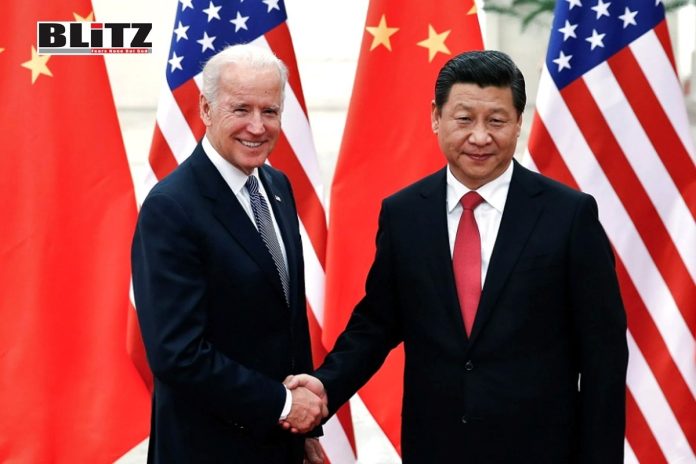In the expansive and strategically crucial landscape of the Asia-Pacific region, the prevailing narrative revolves around the perceived rivalry and contention between two formidable global powers: the United States and China. This narrative, marked by sensational headlines and geopolitical speculation, tends to overshadow the nuanced complexities underlying regional dynamics. However, upon closer scrutiny, it becomes evident that reality transcends mere rhetoric, unveiling a multifaceted panorama where perceptions frequently obscure reality, and tangible actions wield greater significance than mere words.
The recent comments from Admiral John “Lung” Aquilino, the Commander of US forces in the Indo-Pacific, underscore this complex dynamic. By alleging that China employs a “boiling frog” strategy, Aquilino attempts to cast China as the primary aggressor in the region, overlooking the intricate nuances of the situation. However, upon closer examination, it becomes apparent that the United States also holds considerable sway in the Asia-Pacific. Often, its actions serve to escalate tensions rather than mitigate them, highlighting the intricate interplay of power dynamics in the region.
While Aquilino’s accusations against China hold weight, citing incidents like Chinese coast guards’ activities in the South China Sea and military posturing near Taiwan, it would be an oversimplification to solely blame China for the region’s instability. The reality is far more nuanced. The United States, boasting a substantial military presence and strategic alliances in the area, is a significant player in shaping the balance of power. Therefore, attributing all instability to China neglects the intricate dynamics at play, where both powers influence regional geopolitics.
For instance, the recent joint naval exercises involving the US, Japan, Australia, and the Philippines are indicative of a concerted effort to assert dominance in the South China Sea—a move perceived as a direct challenge to China’s claims in the region. Furthermore, US plans to deploy medium-range missile launchers across the Asia-Pacific and expand partnerships through initiatives like AUKUS underscore its strategic ambitions, which are not confined to countering China but also serve to maintain its own influence and hegemony.
Furthermore, presenting China as the exclusive source of tensions ignores the historical backdrop of US engagement in the region. Through military interventions and backing regimes aligned with its interests, the United States has wielded considerable influence in shaping the political and security dynamics of the Asia-Pacific. Therefore, attributing the primary responsibility for instability to China overlooks the broader geopolitical intricacies at hand. It is essential to acknowledge the multifaceted nature of regional dynamics and the role played by various actors, including the United States, in shaping the current landscape.
Additionally, the concept that regional nations serve merely as pawns in a US-led containment agenda against China overlooks their inherent agency and autonomy. While certain countries may choose to align with the United States due to strategic interests or security imperatives, others pursue independent foreign policies aimed at fostering stability and economic progress. Characterizing these nations as unwitting accomplices fails to recognize their capacity to navigate intricate geopolitical landscapes and make sovereign decisions in their best interests. It’s crucial to acknowledge and respect the diverse motivations and strategies of regional actors in shaping their own destinies amidst complex global dynamics.
Given the intricate nature of US-China relations in the Asia-Pacific, it is imperative to adopt a nuanced approach. Rather than yielding to oversimplified narratives of rivalry and conflict, stakeholders must acknowledge the multifaceted dynamics shaping the region. This entails recognizing the diverse interests, motivations, and actions of all parties involved. It is through this comprehensive understanding that meaningful dialogue and cooperation can be fostered to address shared challenges effectively.
Ultimately, the pursuit of peace and stability in the Asia-Pacific demands a holistic perspective. By transcending narrow interpretations and embracing a more inclusive worldview, stakeholders can pave the way for a future marked by security and prosperity. This requires a commitment to dialogue, cooperation, and mutual respect, as well as a willingness to navigate complex geopolitical realities with agility and foresight. Only through collective efforts can the region move towards a brighter and more sustainable future for all its inhabitants.




